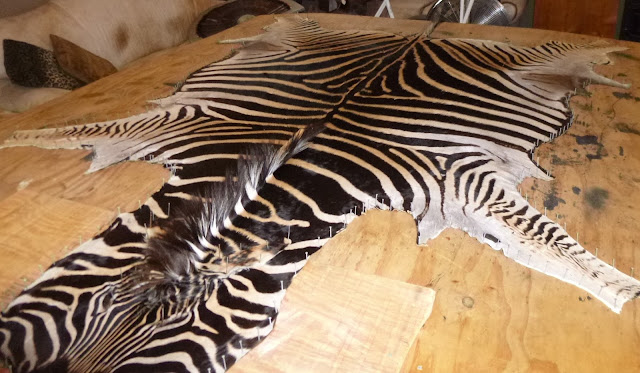Crooked Tree, Belize and Caye Caulker, Belize
In January, 2013 we traveled to Belize for our delayed honeymoon after our November 2012 wedding. We decided to wait until the horrible cold Wisconsin winter and get away to someplace warm. I love doing travel research and Garry likes using Google Earth to look at places we are thinking about visiting. We decided to spend a few days inland and a few days on Caye Caulker, one of the smaller islands. We were so happy there we never ventured over to the more popular (and busy and expensive) Ambergris Caye. We hope to return again someday soon to explore areas further down the coast of Belize. Garry takes a LOT of photos wherever we go. Here are a few.
After landing in Belize City, we rented a car and drove less than an hour to the town of Crooked Tree. We had a reservation for a cabin at the Crooked Tree Lodge. The property is run by Mick & Angie, and they were great hosts, served fabulous meals and arranged a couple of side trips for us.
 |
| Our bungalow at Crooked Tree Lodge |
| This Basilisk Lizard (AKA Jesus Christ Lizard), was well camouflaged on the door to our cabin.
Our hosts arranged a day trip on a small boat with other guests from the lodge, up the New River to Mayan Ruins at Lamanai. The trip included lunch.
|
 |
| The Mask Temple at Lamanai |
Along the river we saw many birds, as well as crocodiles and spider monkeys.
Garry wanted to learn more about the birds in the area, so our hosts set us up with a guide early one morning, and we went out in a boat onto the lagoon and saw many birds that I had never heard of, including the jacana.
 |
| Common Egret |
 |
| Jacana |
 |
| Water taxi |
We rode bikes from one end of the island to the other - about 5 miles one way. The island is about 1 mile wide. No motorized vehicles are allowed on Caye Caulker, except for delivery trucks, etc. If you'd like more information, try this website: Go Caye Caulker.
 |
| Caye Caulker street scene - nice and quiet with no cars allowed! |
 |
We saw this Coati alongside the main road on Caye Caulker  |
Garry likes to get up early with his camera and check out the sunrise with the birds.
 |
| Immature Frigatebirds |
 |
| Frigatebirds and Brown Pelicans |
Our hotel was also the office for Tsunami Adventures, and we booked a snorkeling trip with them, to Hol Chan Marine Reserve, and swam with nurse sharks, sea turtles, sting rays and fish. I had never snorkeled before, and Garry gave me some lessons in the shallow water first.
|










































